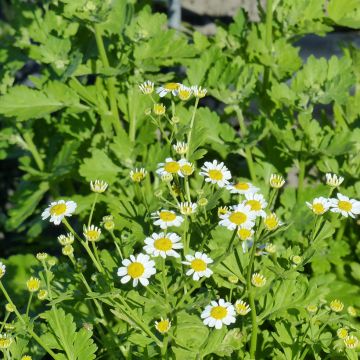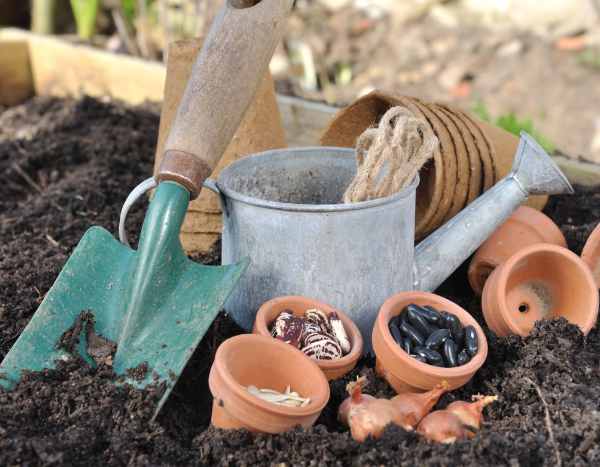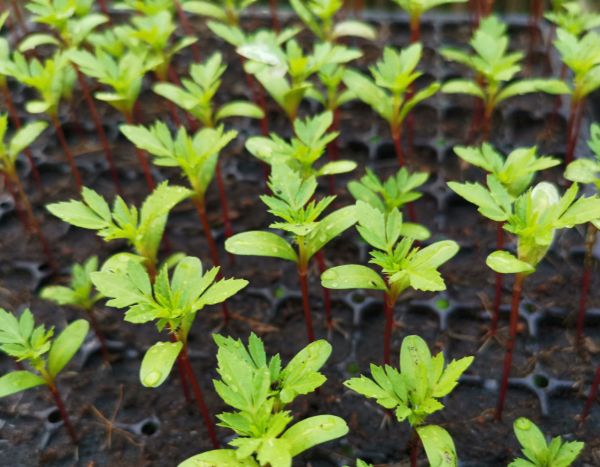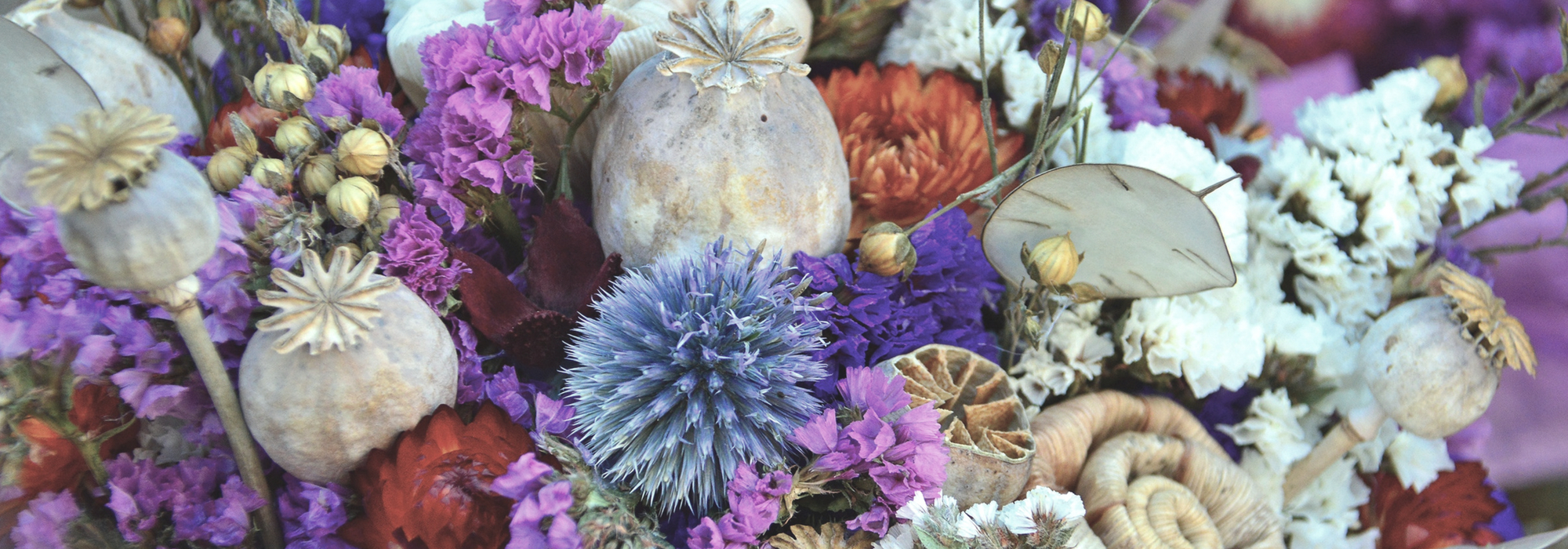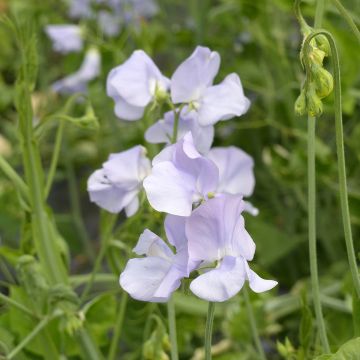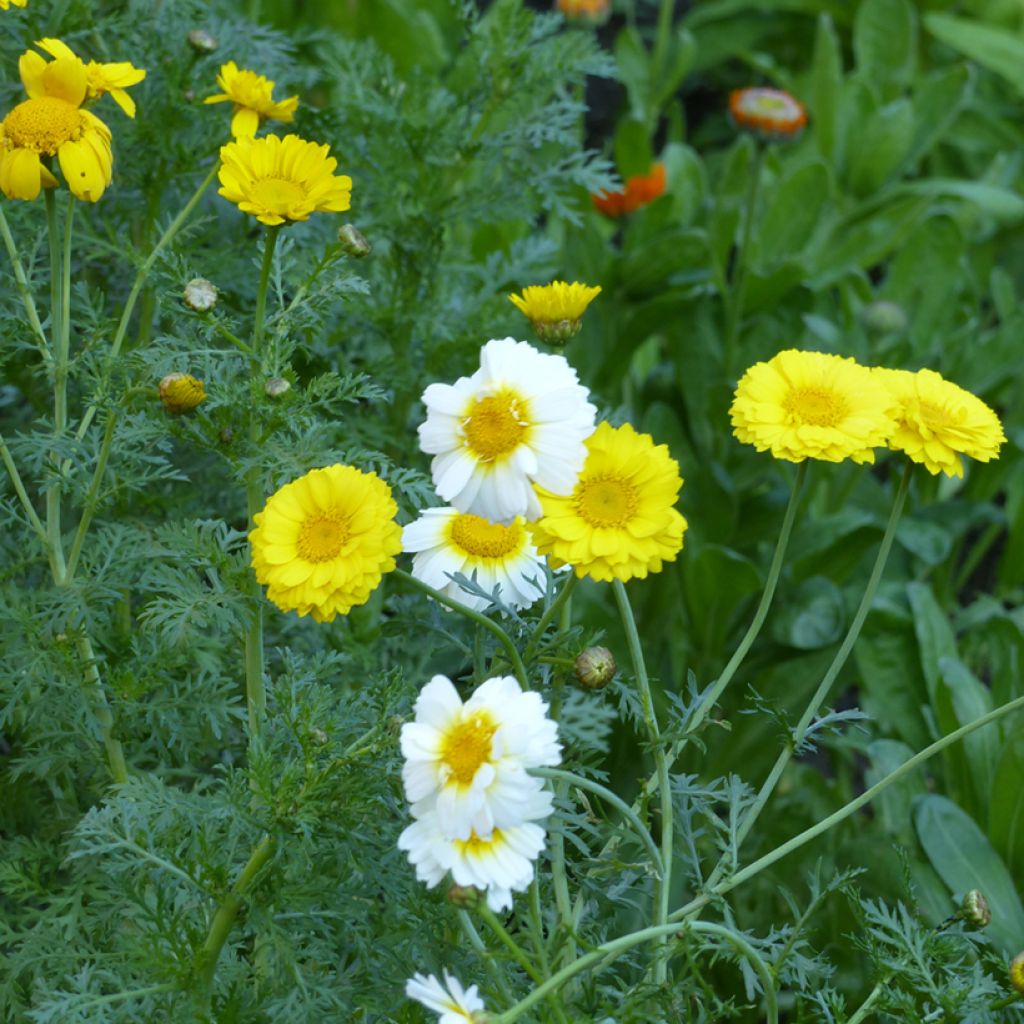

Edible Chrysanthemum Double Mix Seeds - Chrysanthemum coronarium
Edible Chrysanthemum Double Mix Seeds - Chrysanthemum coronarium
Chrysanthemum coronarium Double Mix
Daisy
Special offer!
Receive a €20 voucher for any order over €90 (excluding delivery costs, credit notes, and plastic-free options)!
1- Add your favorite plants to your cart.
2- Once you have reached €90, confirm your order (you can even choose the delivery date!).
3- As soon as your order is shipped, you will receive an email containing your voucher code, valid for 3 months (90 days).
Your voucher is unique and can only be used once, for any order with a minimum value of €20, excluding delivery costs.
Can be combined with other current offers, non-divisible and non-refundable.
Home or relay delivery (depending on size and destination)
Schedule yourself the delivery date,
and choose your date in cart
This plant benefits a 6 months rooting warranty
More information
We guarantee the quality of our plants for a full growing cycle, and will replace at our expense any plant that fails to recover under normal climatic and planting conditions.
Does this plant fit my garden?
Set up your Plantfit profile →
Description of Edible Chrysanthemum Double Mix Seeds - Chrysanthemum coronarium
Chrysanthemum coronarium 'Double Mix' is a selection of edible chrysanthemum with double flowers in a mix of yellow and white. Plants sown early under heated cover flower throughout the summer, and their flowering is very attractive to bees. This is an easy-to-grow annual plant for sunny spots in moist soil.
Belonging to the Asteraceae family, Chrysanthemum coronarium 'Double Mix' is an annual plant native to the Mediterranean basin. The plant lives only a few months, just long enough to flower and produce seeds for propagation. Each forms a clump of upright, branching stems that can reach between 1m and 1.40m in height with a spread of 40cm. The basal leaves are arranged in a rosette. The light green leaves are finely divided and measure between 5 and 7cm long. From June until September, the stem tips produce numerous double heads, entirely yellow or white with a yellow centre, measuring between 2 and 5cm in diameter. The seeds are small, elongated achenes in light brown to beige, with a slightly ridged texture. They somewhat resemble dandelion seeds, but without the fluffy heads. This variety tends to self-seed spontaneously if spent flowers are not removed. The seeds fall to the ground and germinate easily the following spring, especially in light, well-drained soil.
The tender young leaves can be eaten cooked or raw in a salad. The ligules or "petals" are also edible in salads. It is a popular ingredient in Asian cuisine: in China, it is known as "tonghao", in Japan as "shungiku", and in Korea as "ssukgat". The flavour of the leaves is described as slightly bitter, but less so than dandelion, with a hint of pepperiness and a touch of freshness. Some find it similar to parsley, celery, or even a bit like spinach. Its aroma is quite herbaceous and floral, especially when raw.
Harvest the leaves as needed. Younger leaves are more flavourful and less bitter.
In the garden, the edible chrysanthemum 'Double Mix' finds its place in the vegetable patch. But its bright flowering and parsley-like foliage also shine in a cottage-style border. Plant it freely for a "daisies and friends" atmosphere.
Flowering
Foliage
Plant habit
Botanical data
Chrysanthemum
coronarium
Double Mix
Asteraceae
Daisy
Glebionis coronaria, Xantophtalmum coronarium, Glebionis roxburghii, Chrysanthemum coronarium, Chrysanthemum roxburghii
Cultivar or hybrid
Other Chrysanthemum seeds
View All →Planting of Edible Chrysanthemum Double Mix Seeds - Chrysanthemum coronarium
Easy to grow Chrysanthemum coronarium 'Double Mix' thrives in sunny spots with light, moist, and well-drained soil.
Sow your seeds in March-April in trays or pots. Cover the seeds with a thin layer of compost. Place your sowings in a warm spot at around 18°C. Germination usually takes 5 to 10 days. Once the young plants are sturdy enough and the risk of frost has passed, transplant them into the garden. You can also sow your edible chrysanthemums directly into prepared soil from May-June onwards, after the last frosts. Thin out the sowings, keeping only the most developed young plants spaced 30 to 40 cm apart.
For using the leaves in salad, a spacing of 20 cm between young plants is sufficient, and you can extend sowing until August by staggering sowings every 3 weeks.
Watch out for slugs and snails, which are fond of its tender shoots.
When to sow?
Where to plant?
Planting & care advice
This item has not been reviewed yet; be the first to leave your review about it.
Similar products
You have not found what you were looking for?
Hardiness (definition)

Photo Sharing Terms & Conditions
In order to encourage gardeners to interact and share their experiences, Promesse de fleurs offers various media enabling content to be uploaded onto its Site - in particular via the ‘Photo sharing’ module.
The User agrees to refrain from:
- Posting any content that is illegal, prejudicial, insulting, racist, inciteful to hatred, revisionist, contrary to public decency, that infringes on privacy or on the privacy rights of third parties, in particular the publicity rights of persons and goods, intellectual property rights, or the right to privacy.
- Submitting content on behalf of a third party;
- Impersonate the identity of a third party and/or publish any personal information about a third party;
In general, the User undertakes to refrain from any unethical behaviour.
All Content (in particular text, comments, files, images, photos, videos, creative works, etc.), which may be subject to property or intellectual property rights, image or other private rights, shall remain the property of the User, subject to the limited rights granted by the terms of the licence granted by Promesse de fleurs as stated below. Users are at liberty to publish or not to publish such Content on the Site, notably via the ‘Photo Sharing’ facility, and accept that this Content shall be made public and freely accessible, notably on the Internet.
Users further acknowledge, undertake to have ,and guarantee that they hold all necessary rights and permissions to publish such material on the Site, in particular with regard to the legislation in force pertaining to any privacy, property, intellectual property, image, or contractual rights, or rights of any other nature. By publishing such Content on the Site, Users acknowledge accepting full liability as publishers of the Content within the meaning of the law, and grant Promesse de fleurs, free of charge, an inclusive, worldwide licence for the said Content for the entire duration of its publication, including all reproduction, representation, up/downloading, displaying, performing, transmission, and storage rights.
Users also grant permission for their name to be linked to the Content and accept that this link may not always be made available.
By engaging in posting material, Users consent to their Content becoming automatically accessible on the Internet, in particular on other sites and/or blogs and/or web pages of the Promesse de fleurs site, including in particular social pages and the Promesse de fleurs catalogue.
Users may secure the removal of entrusted content free of charge by issuing a simple request via our contact form.
The flowering period indicated on our website applies to countries and regions located in USDA zone 8 (France, the United Kingdom, Ireland, the Netherlands, etc.)
It will vary according to where you live:
- In zones 9 to 10 (Italy, Spain, Greece, etc.), flowering will occur about 2 to 4 weeks earlier.
- In zones 6 to 7 (Germany, Poland, Slovenia, and lower mountainous regions), flowering will be delayed by 2 to 3 weeks.
- In zone 5 (Central Europe, Scandinavia), blooming will be delayed by 3 to 5 weeks.
In temperate climates, pruning of spring-flowering shrubs (forsythia, spireas, etc.) should be done just after flowering.
Pruning of summer-flowering shrubs (Indian Lilac, Perovskia, etc.) can be done in winter or spring.
In cold regions as well as with frost-sensitive plants, avoid pruning too early when severe frosts may still occur.
The planting period indicated on our website applies to countries and regions located in USDA zone 8 (France, United Kingdom, Ireland, Netherlands).
It will vary according to where you live:
- In Mediterranean zones (Marseille, Madrid, Milan, etc.), autumn and winter are the best planting periods.
- In continental zones (Strasbourg, Munich, Vienna, etc.), delay planting by 2 to 3 weeks in spring and bring it forward by 2 to 4 weeks in autumn.
- In mountainous regions (the Alps, Pyrenees, Carpathians, etc.), it is best to plant in late spring (May-June) or late summer (August-September).
The harvesting period indicated on our website applies to countries and regions in USDA zone 8 (France, England, Ireland, the Netherlands).
In colder areas (Scandinavia, Poland, Austria...) fruit and vegetable harvests are likely to be delayed by 3-4 weeks.
In warmer areas (Italy, Spain, Greece, etc.), harvesting will probably take place earlier, depending on weather conditions.
The sowing periods indicated on our website apply to countries and regions within USDA Zone 8 (France, UK, Ireland, Netherlands).
In colder areas (Scandinavia, Poland, Austria...), delay any outdoor sowing by 3-4 weeks, or sow under glass.
In warmer climes (Italy, Spain, Greece, etc.), bring outdoor sowing forward by a few weeks.



































